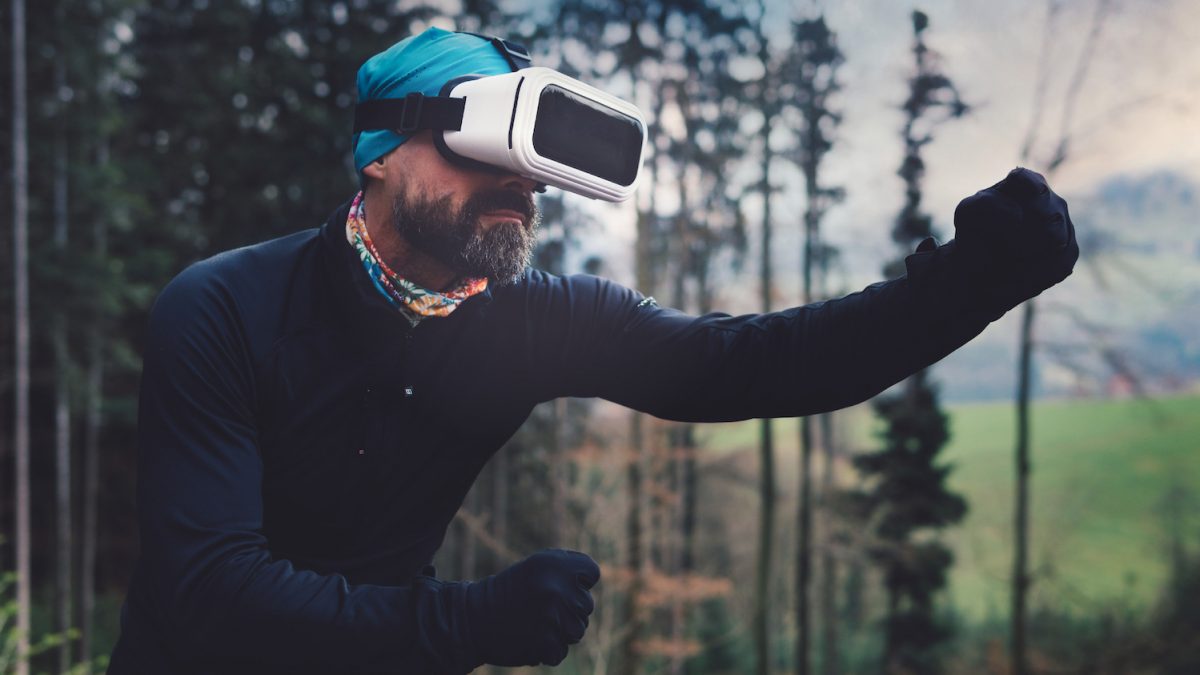A Framework
Coming out of Fight
{20 minutes}
Coming out of Fight
In order to understand effective ways to down-regulate threat states, we have to understand the specific state, its function, and how it tunes our physiology. Threat states, in their various forms, arise from a neuroception (a felt, often unconscious, neural detection of threat), cued by something in the internal or external environment that makes us feel unsafe. When a threat is detected, part of our physiological orienting process is working to determine and localize the source of the threat. Sometimes this is obvious–an approaching bear–but other times it is much more difficult for us to actually detect the threat. When this is the case, our physiology is actively seeking out something to pin the threat on. If the fight response comes online, for example, and what triggered it is unclear, there is part of our physiology that is actively looking for something to pin that response to. The phrase, ‘looking to pick a fight’ alludes to this awareness that when a platform arises, and its trigger is unclear, our bodies are then going to look for something to focus the platform on.
Related Practices:
This is related to all things Polyvagal. See the Polvagal Theory film. See Clinical Applications of Polyvagal Theory. If you'd like a brief introduction to the theory, visit our Brief Illustrated Guide to Polyvagal Theory. For a comprehensive exploration of the theory with its developer, see The Future of Medicine and Mental Health, with Dr. Stephen Porges, PhD. See Polyvagal Mapping. With regard to healing traumas and down-shifting other distress states, see Healing Trauma, see Healing Neglect, Coming out of Freeze, Coming out of Flight. See Cooling Anger. See Calming Anxiety. See Learn to Set Clear Boundaries. See Hacking the Connection System and Feeding your Confidence. For a more conceptual framework, see Core Neurobiological Self.Photography: | Licensed from Pexels.com, used with permission.


